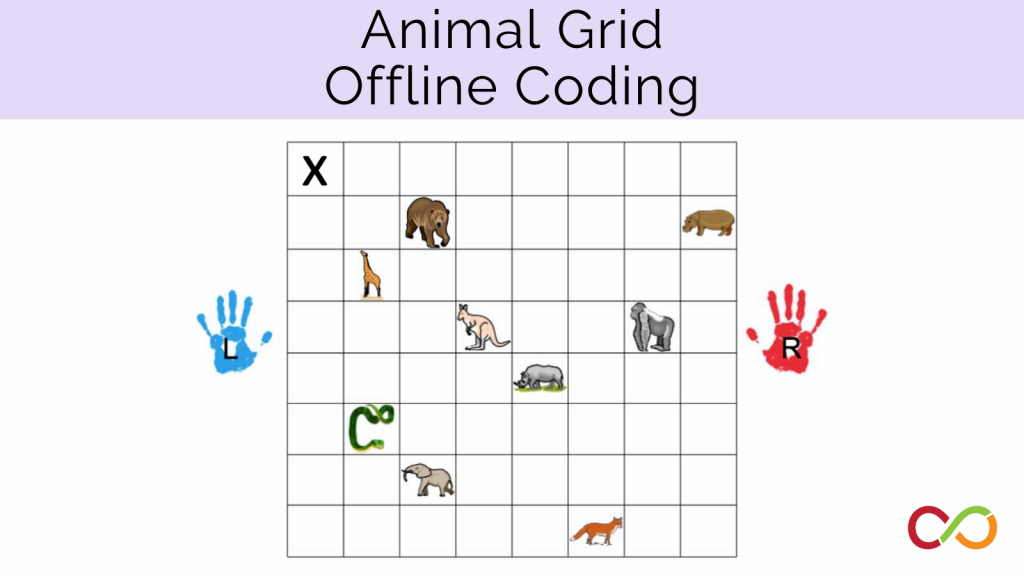Talking Tetris
Early Years/Primary/Junior (Age 3 – 12)
Curriculum Goal
Primary: Geometry and Spatial Sense
- Compose and decompose various structures and identify the two-dimensional shapes and three-dimensional objects that these structures contain.
- Give and follow multistep instructions involving movement from one location to another, including distances and half- and quarter-turns.
Junior: Geometry and Spatial Sense
- Describe and perform translations, reflections, and rotations up to 180° on a grid, and predict the results of these transformations..
Context
- Students will be working in groups of two to six.
- Students can work in an online breakout room on Jamboard, at their desks or on the carpet.
- Students should have a preliminary understanding of directional language.
Materials
In-person version
- Variety of laminated boards with a square on them.
- Corresponding shapes, cut out and laminated.
Online version
- Jamboard file (Appendix A)
- Video conference capabilities
Lesson
Primary:
- Model the directional vocabulary required for the game (e.g. left, right, up, down, flip, rotate…etc.) by saying the action and performing the function with the shapes. One student will be the leader and populate the square with their own design made out of the shapes provided
- The leader will use only words (no gestures) to describe each shape and its position in the square.
- Students may not look at each other’s squares until the design has been completely described.
- Once the leader is done describing their design, each student can uncover their square to compare how close they are to the leader’s original.
Look Fors
- Do students use appropriate vocabulary when describing the movements of shapes? (primary/ junior)
- Are students breaking down the movements step- by- step? (primary/ junior)
- Can students recognize where mistakes were made when comparing their squares? (primary/ junior)
Extension
- Students both start with an empty square, which only they can see. Together, they create a design by discussing where the shapes will on each of their respective boards. Once they decide they are finished, they can reveal their boards to each other to see if they look the same.
Created by Brooke Lawrance. Adapted by The Robertson Program.
Share this lesson
Share on facebook
Share on twitter
Share on email

